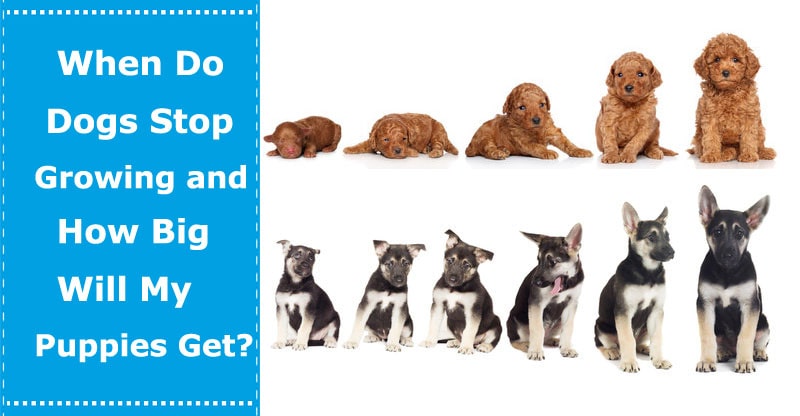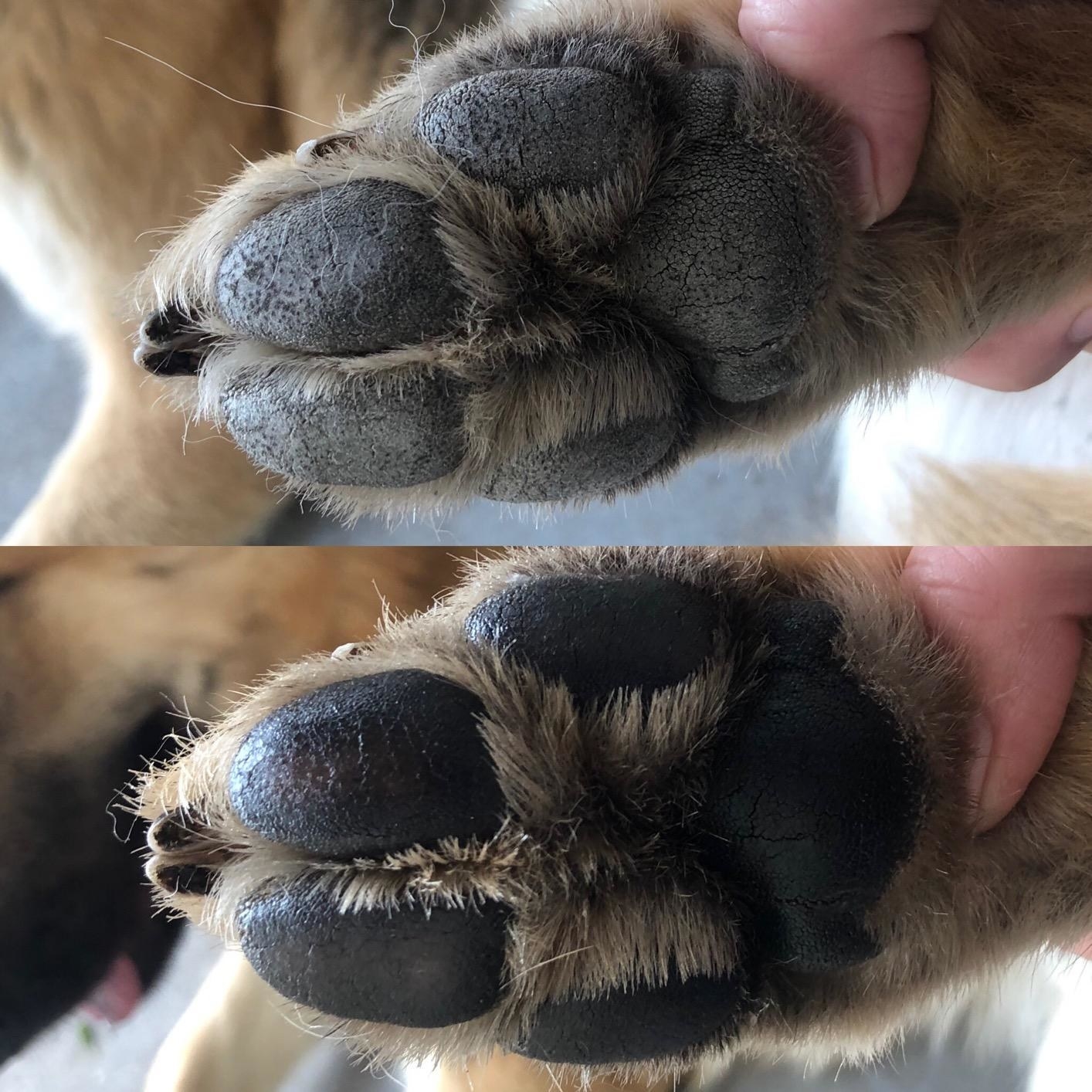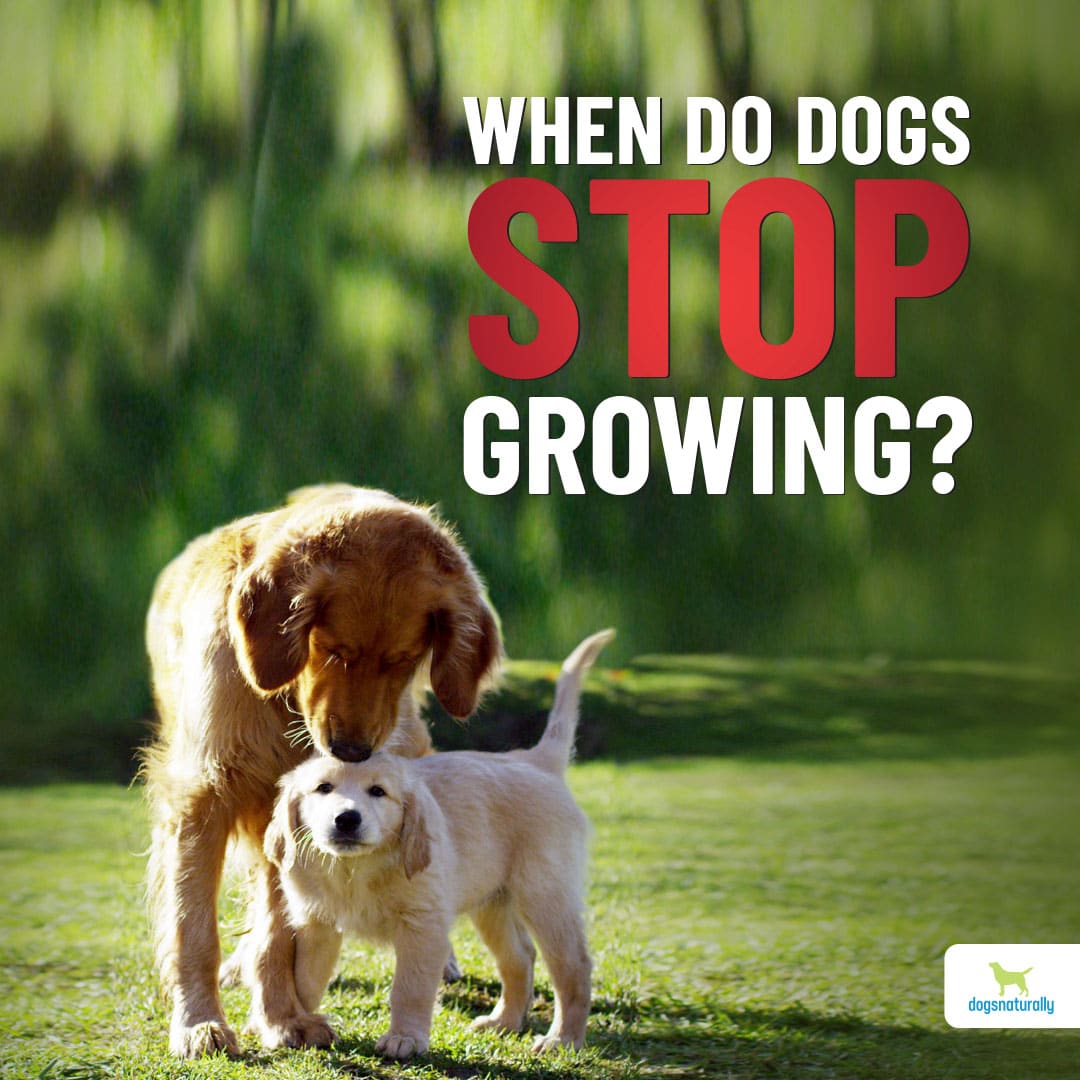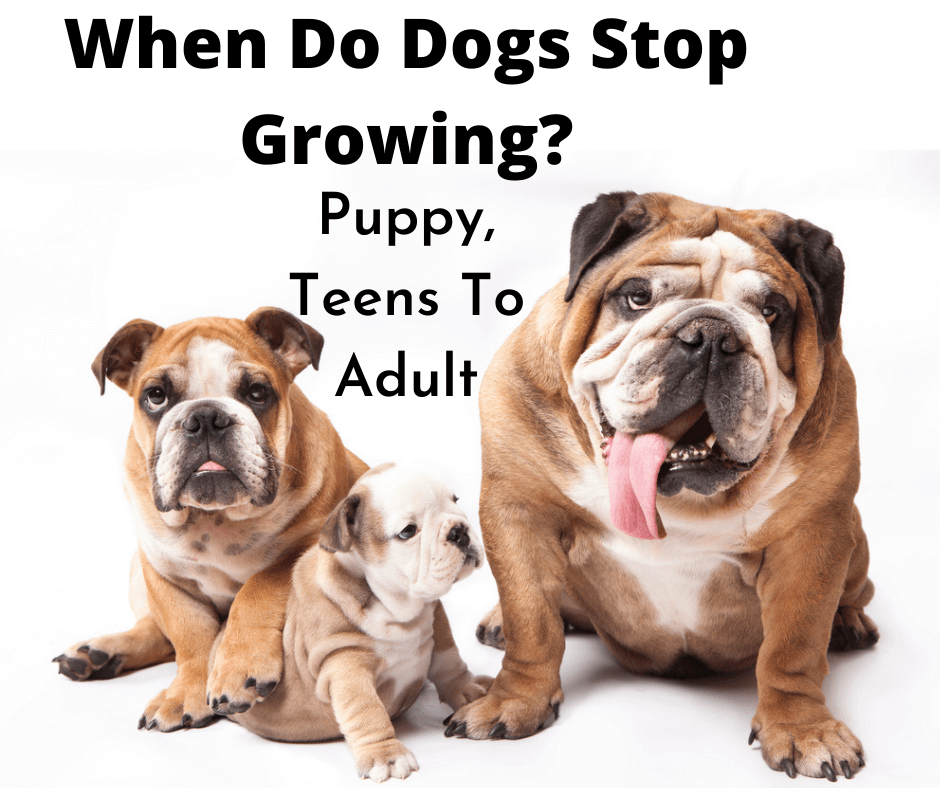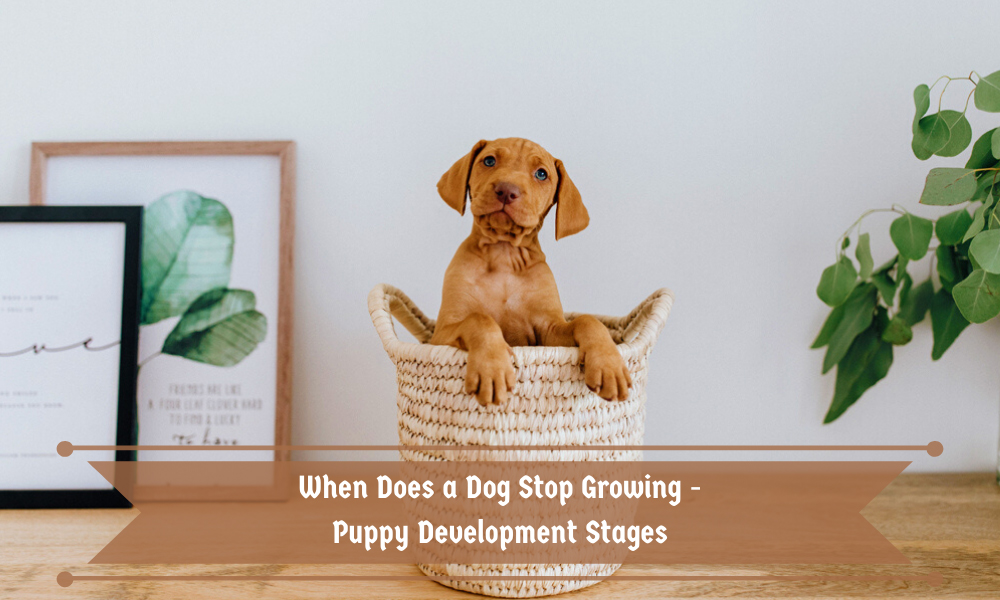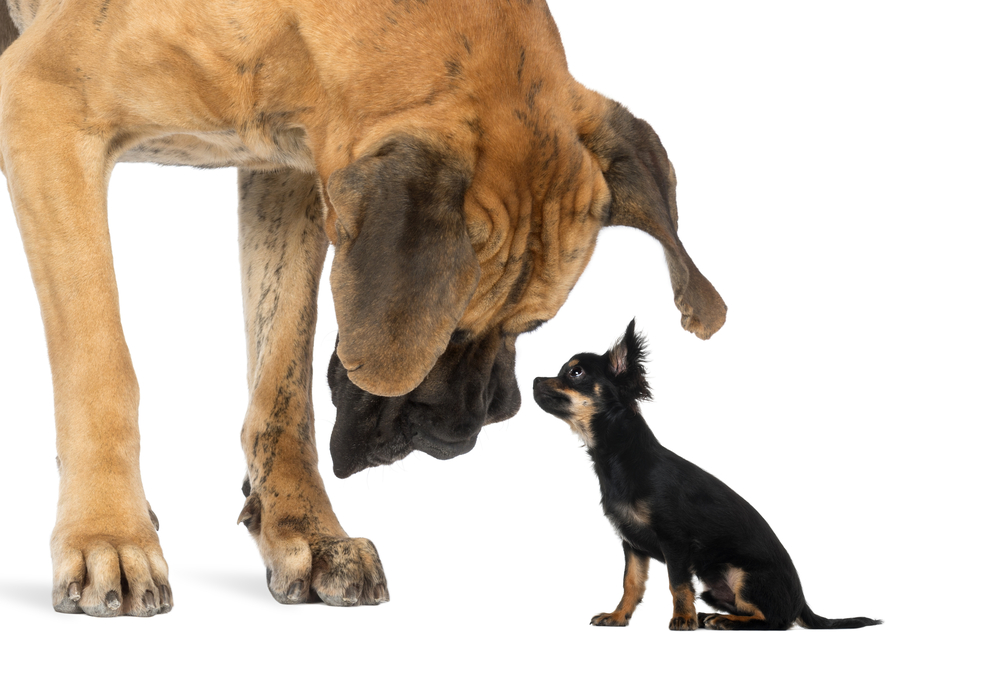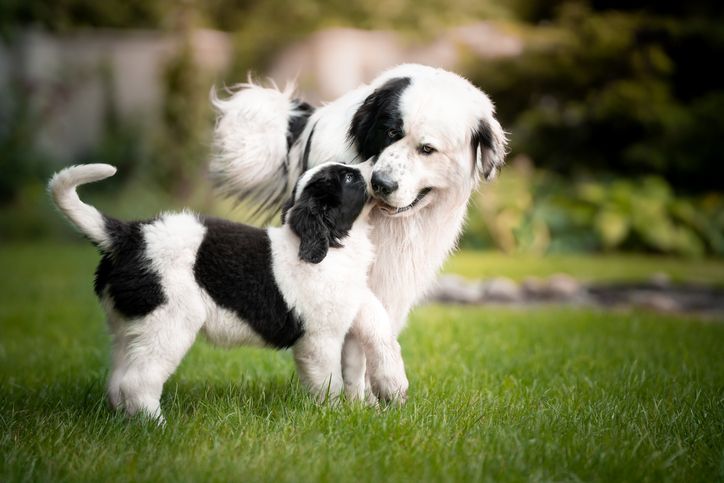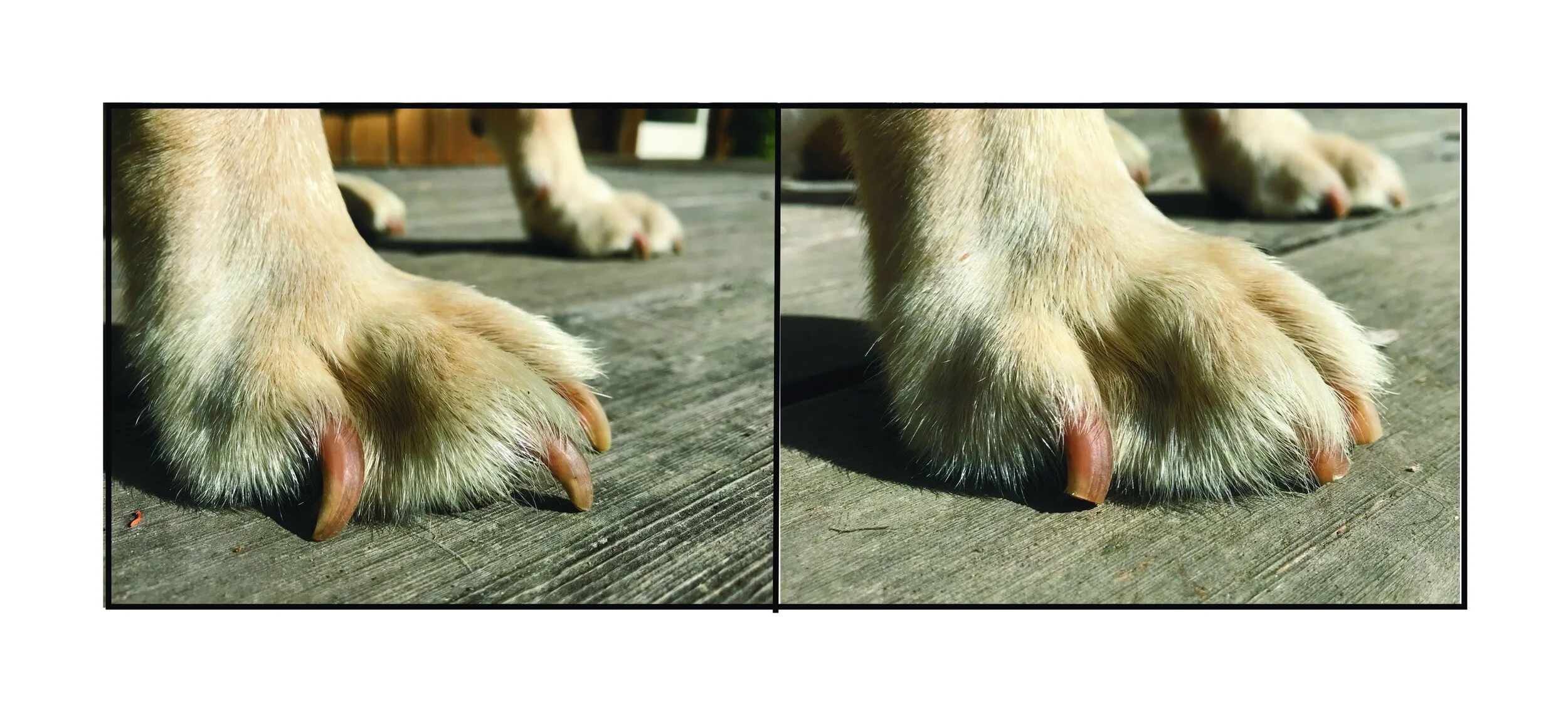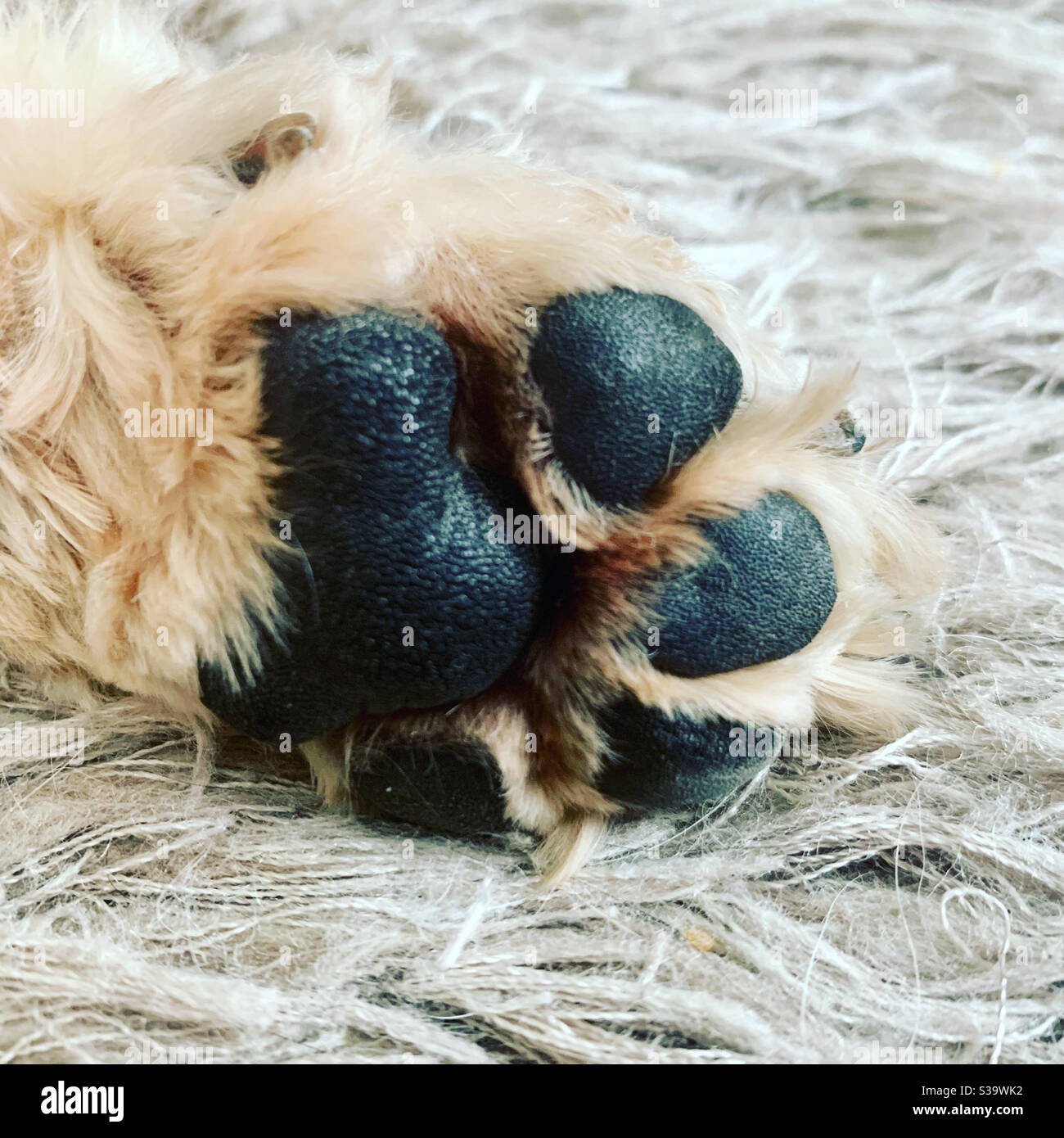When Do Dog Paws Stop Growing
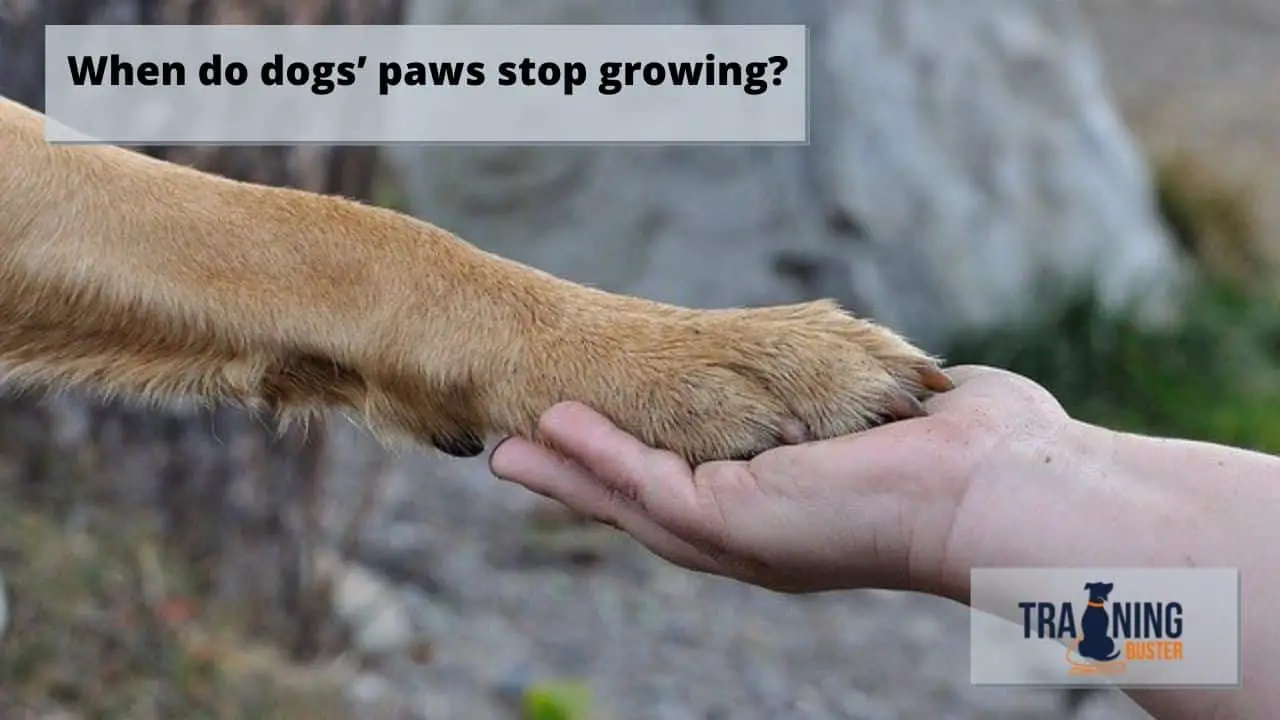
The eager anticipation of watching a puppy blossom into a fully-grown dog is a joy for many pet owners. But amidst the excitement of house-training and playful antics, a common question arises: when exactly do those adorable puppy paws stop growing? Understanding the growth timeline of a dog's paws is crucial for responsible pet ownership, influencing everything from proper nutrition to selecting appropriately sized footwear and protective gear.
This article delves into the fascinating world of canine development, exploring the factors that determine when a dog's paws reach their final size. It examines the role of breed, genetics, and nutrition, providing a comprehensive guide for owners keen to understand their furry friend's growth trajectory. By understanding the nuances of paw development, owners can better support their dogs' health and well-being throughout their lives.
Factors Influencing Paw Growth
Several key factors influence the rate and duration of paw growth in dogs. Breed is arguably the most significant determinant. Breed-specific growth charts offer valuable insights, suggesting that larger breeds generally experience a longer growth period compared to smaller breeds.
Genetics also play a pivotal role. A puppy inherits its growth potential from its parents, influencing not only its overall size but also the proportions of its paws. Nutrition is equally vital; a balanced diet rich in essential nutrients supports healthy bone and cartilage development, ensuring proper paw growth.
Breed Size and Growth Timeline
Small breeds, such as Chihuahuas and Pomeranians, typically reach their full paw size much earlier than larger breeds. Their paws may stop growing as early as 6 to 8 months of age. Medium-sized breeds, like Beagles and Cocker Spaniels, often complete their paw growth around 9 to 12 months.
Large and giant breeds, including Great Danes and Mastiffs, have a significantly extended growth period. Their paws may continue to develop until they are 18 to 24 months old. It's important to note that these are general estimates, and individual variations can occur.
The Role of Genetics
A puppy's genetic blueprint dictates its potential size and growth rate. If a puppy comes from a line of dogs with large paws, it is likely to inherit that trait. Conversely, a puppy with smaller-pawed parents will likely have smaller paws as well.
Breed standards provide guidelines for desired physical characteristics, including paw size. Reputable breeders carefully select breeding pairs to maintain these standards. However, mixed-breed dogs can exhibit a wide range of paw sizes due to the diverse genetic influences.
Nutritional Impact on Paw Development
Proper nutrition is paramount for healthy paw development. A diet lacking in essential vitamins and minerals can hinder growth and lead to skeletal problems. Calcium and phosphorus are crucial for bone formation, while chondroitin and glucosamine support joint health.
Overfeeding can also be detrimental, especially in large breeds. Rapid growth spurred by excessive caloric intake can strain developing joints and increase the risk of conditions like hip dysplasia. Consulting with a veterinarian or veterinary nutritionist is essential to determine the appropriate diet for a growing puppy.
Assessing Paw Growth
While there's no foolproof method for precisely predicting when a dog's paws will stop growing, several indicators can provide insights. Monitoring the overall growth rate of the puppy is crucial. If the puppy's body is nearing its expected adult size, paw growth is likely slowing down as well.
Comparing the paw size to the body proportions can also be helpful. If the paws appear disproportionately large compared to the rest of the body, it may indicate that they are nearing their final size. Observing the dog's gait and movement can also reveal any signs of discomfort or uneven growth, which should be addressed by a veterinarian.
Observing Overall Growth Rate
Tracking a puppy's weight and height over time provides valuable data on its overall growth trajectory. Consistent and rapid growth in the early months gradually tapers off as the dog approaches adulthood. Once the overall growth rate slows down significantly, paw growth is likely nearing its completion.
Veterinarians often use growth charts specific to different breeds to assess whether a puppy is developing at a healthy pace. Regular check-ups allow for early detection of any growth abnormalities.
Paw Size Proportions
Paying attention to the proportions of the paws relative to the body can offer clues about growth completion. During puppyhood, paws often appear oversized, giving puppies a charmingly clumsy appearance. As the body catches up, the paws become more proportionally balanced.
If the paws remain significantly larger than the rest of the body as the puppy approaches its expected adult size, it may indicate that they are nearing their final dimensions.
Gait and Movement Analysis
Any changes in a dog's gait or movement can signal underlying musculoskeletal issues, including those related to paw development. Limping, stiffness, or reluctance to bear weight on a particular paw warrant veterinary attention.
These symptoms may indicate uneven growth, joint pain, or other problems that need to be addressed to ensure proper paw function and overall well-being. A veterinarian can perform a thorough examination to diagnose the cause of the gait abnormalities.
Implications for Pet Owners
Understanding when a dog's paws stop growing has several practical implications for pet owners. It informs decisions about purchasing appropriate footwear and protective gear. Dogs that participate in outdoor activities, such as hiking or running on pavement, may benefit from paw protection to prevent injuries.
Knowing the growth timeline also helps owners choose the right size of dog boots or socks for optimal fit and comfort. It's essential to periodically check the fit of these items as the dog grows to ensure they don't restrict circulation or cause discomfort.
Footwear and Protective Gear
The size and shape of a dog's paws influence the type of footwear or protective gear that will provide the best fit. Dogs with wide paws may require specially designed boots that offer ample room. Dogs with narrow paws may need boots with adjustable straps to prevent slipping.
Different types of paw protection are available, ranging from lightweight socks to heavy-duty boots. The choice depends on the dog's activity level and the environmental conditions.
Long-Term Paw Care
Regardless of when a dog's paws stop growing, consistent paw care is essential throughout its life. Regular trimming of the nails prevents overgrowth and discomfort. Cleaning the paws after outdoor excursions removes dirt, debris, and potential irritants.
Applying paw balm or moisturizer can help prevent dryness and cracking, especially in harsh weather conditions. Early detection and treatment of any paw injuries or infections are crucial to maintaining paw health and overall well-being.
The Future of Canine Growth Research
Ongoing research continues to shed light on the complexities of canine growth and development, including paw growth. Advances in genetics and genomics are providing deeper insights into the factors that determine paw size and shape. Studies on the impact of nutrition on skeletal development are also contributing to a better understanding of how to optimize paw health.
As research progresses, pet owners can expect to have access to more precise and personalized information about their dog's growth potential, enabling them to provide the best possible care. This will empower them to ensure the long-term health and well-being of their beloved companions.


